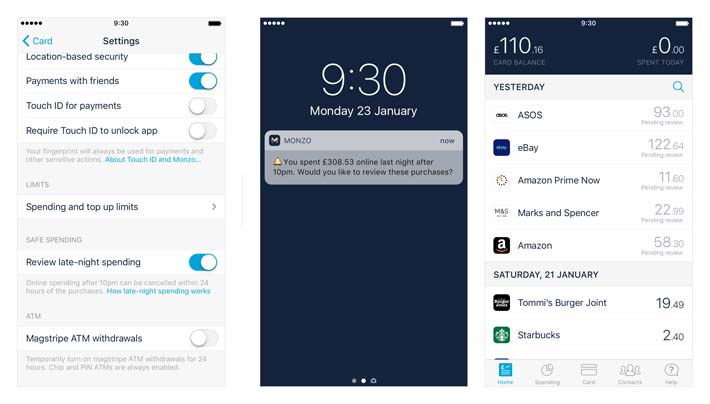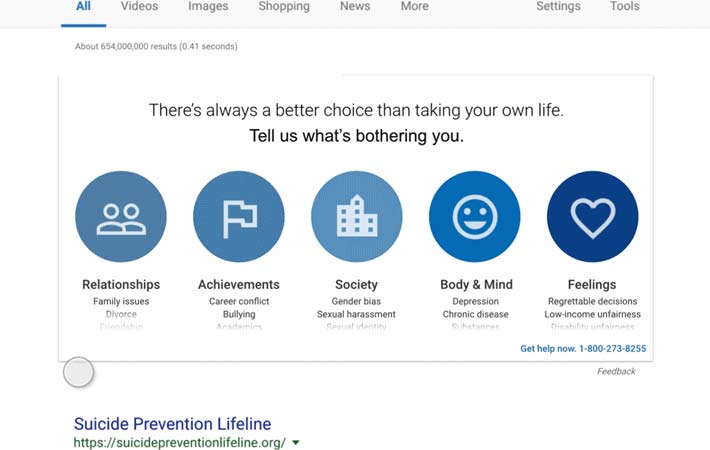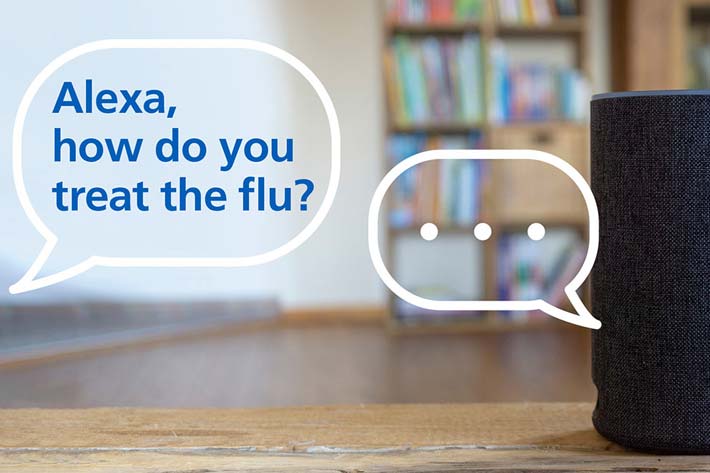Designing for the future we want
 World Usability Day 2019: the role of design in harnessing human potential
World Usability Day 2019: the role of design in harnessing human potential
Here at System Concepts we’re celebrating the World Usability Day 2019 theme of ‘Designing for the future we want’.
Around one quarter of the UK population are likely to face a mental health issue every year, according to the MMHPI (Money & Mental Health Policy Institute).
In this article we highlight 3 examples of how mindful design choices and meaningful interactions can pave the way to a future where technology positively impacts people’s health and wellbeing.
Example 1: Monzo adds extra steps to the user journey
When the developers behind the mobile banking app Monzo realised how many of their users would be affected by mental health issues, they sought to design features to support people vulnerable to getting into debt. They came up with a concept that would add ‘positive friction’ to their app, by adding beneficial extra steps in the user journey, with the aim of making the user feel more in control of their actions.
Drawing on research from the MMHPI, that people suffering from bipolar disorder tended to spend more money during late-night online shopping sprees, Monzo added a ‘Review late-night spending’ toggle in the app’s settings. The goal was to protect these spenders by blocking their late-night transactions, and sending them notifications to prompt them to confirm their purchases in the morning. This feature could be useful for any impulsive shoppers though!
Screenshot example from Monzo
Example 2: Google search engine employs ‘positive friction’
Similarly, Google uses ‘positive friction’ in its search engine. For example, typing ‘How to die easily’ into the search bar returns the following message pop up, “You’re not alone, confidential help is available for free. Call 1–800–273–8255”. UX designer Lucas Chae came across this message during a low point, but felt it was too passive and impersonal; and not an effective barrier to help users halt their suicidal thoughts.
Recognising that online search platforms have great potential for offering effective and personalised suicide prevention, if designed in a mindful way, Lucas recommended a more personal approach. He suggested the message, “We are only a search engine and cannot give you answers to your hardest questions. But we can help you get there.”
This message could be delivered along with an interactive pop-up to guide users through their thought-processes, leading them to tailored information on where to seek relevant support, based on their answers. Lucas’ design concept highlights the powerful opportunity these traditional search platforms have in supporting people, by putting mindful design considerations into practice.
Image: Google search result example from Lucas Chae article
Example 3: NHS and Amazon: voice-activated smart speakers
With the surge of voice-activated smart speakers such as Amazon’s Alexa, it’s estimated that 50% of searches will be made by voice as early as 2020.
Understanding the potential of voice search, the NHS has partnered with Amazon to develop a skill (the equivalent of an app) that would provide the nation with timely and trustworthy healthcare information via Alexa’s voice interface.
Not only would this help visually impaired users or people with disabilities who may not have easy access to an NHS practice, it would also relieve pressure on GPs and accident and emergency services. Described as a ‘world first’, this partnership with Amazon is part of the NHS’s long-term goal to making its health services more inclusive and accessible on digital platforms.
Image: NHS blog
World Usability Day 2019 shows the way forward
By focusing the global UX community’s thinking on ‘Designing for the future we want’, World Usability Day 2019 reminds us to consider the needs of all users in our work, including those with mental health issues and/or physical disabilities.
Real world examples show how by including ‘positive friction’ in the customer journey, vulnerable people would be able to access better support with their online interactions. Adapting services to coincide with technological advances would empower people to engage with information about their health in a way that suits their needs. The examples above demonstrate that a future in which our devices can have a positive effect on our wellbeing is well within reach!
If you are looking to design experiences that encompass all your customers’ needs, we can help! At System Concepts, our experts use a wide range of research and design methodologies to help you improve your users’ experience and make sure your product is accessible and inclusive.

Contact our friendly, experienced team of UX and accessibility specialists
 World Usability Day 2019: the role of design in harnessing human potential
World Usability Day 2019: the role of design in harnessing human potential

